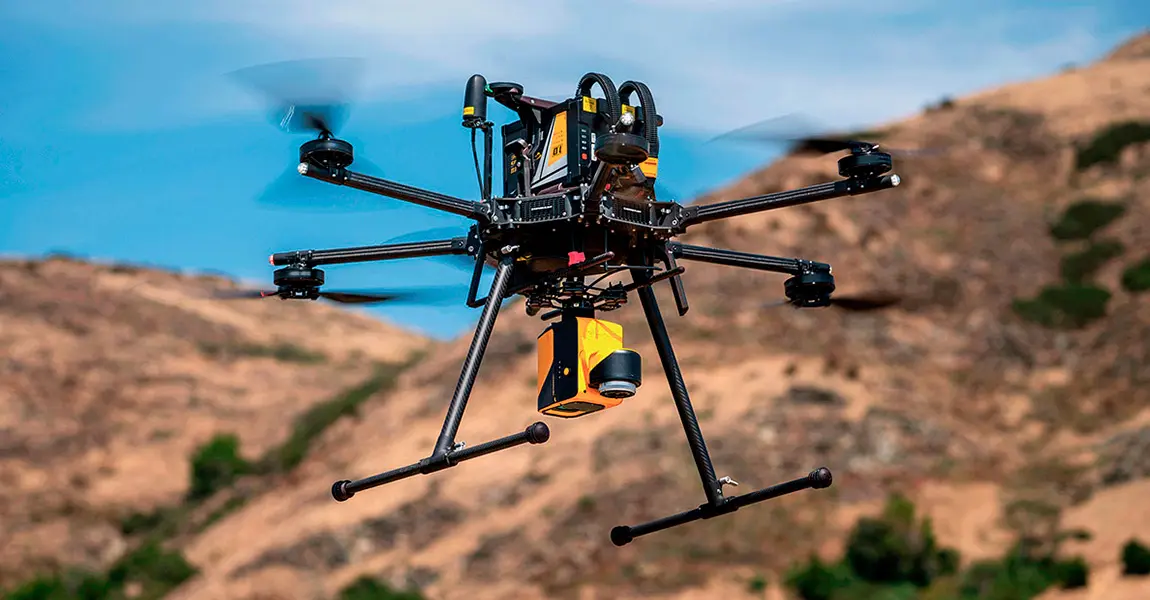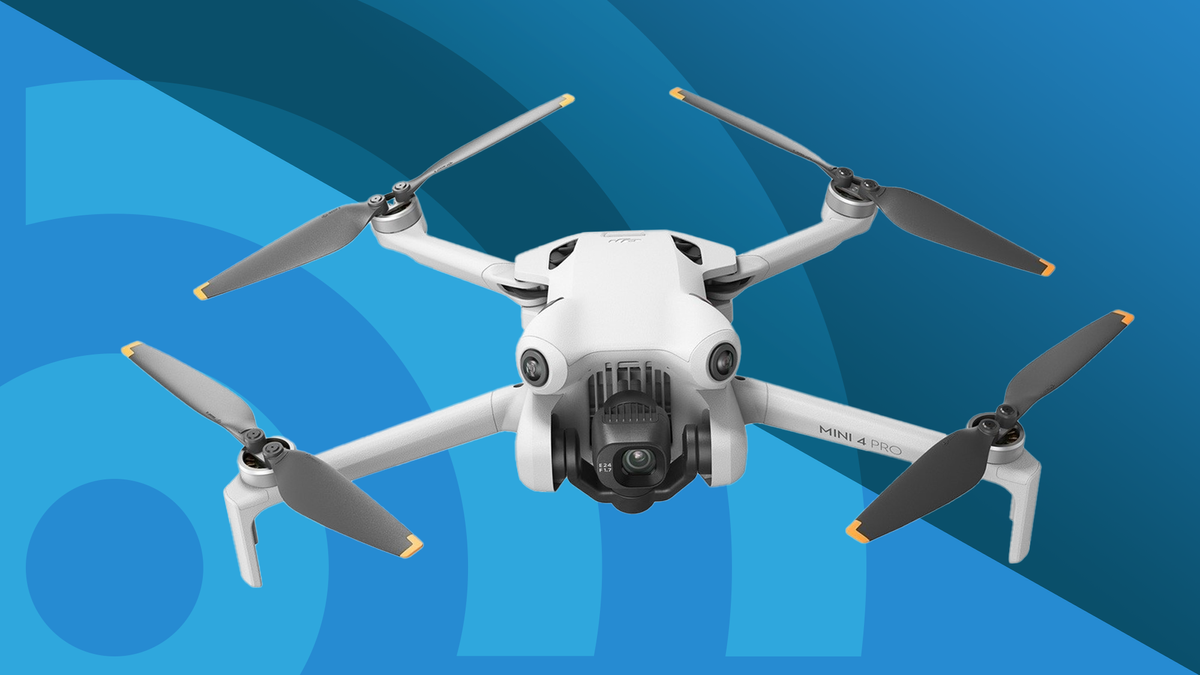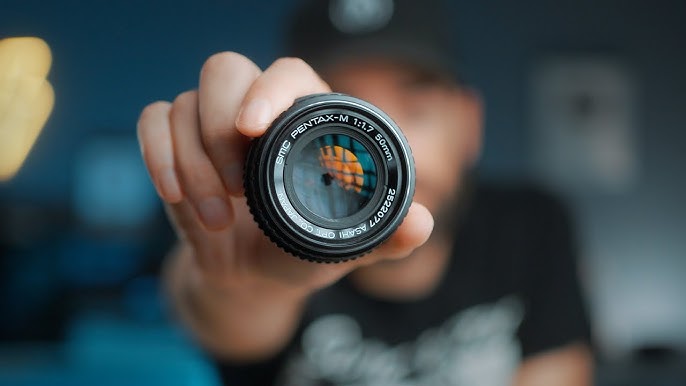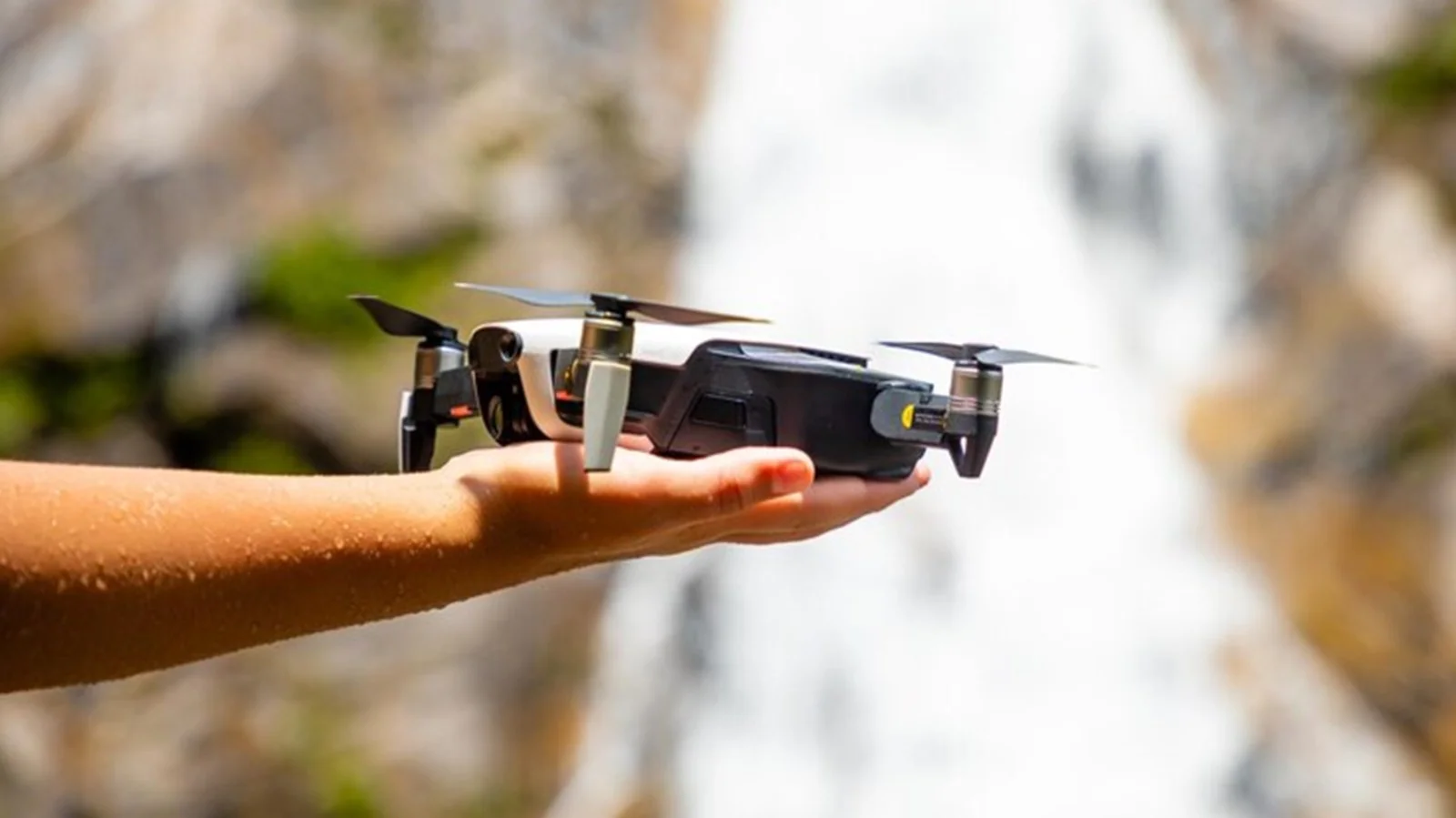Drone technology has advanced by leaps and bounds in recent years, and one area that has seen remarkable improvements is the dynamic range of drone cameras.
Dynamic range refers to the ability of a camera to capture detail in both bright highlights and deep shadows in a single image.
Enhanced dynamic range in drone cameras has opened up new possibilities for capturing stunning aerial photographs and videos.
In this article, we will explore the advancements in drone camera technology that have led to improved dynamic range.
Understanding Dynamic Range
Dynamic range is a critical factor in photography and videography, especially in situations with challenging lighting conditions.
A camera with a wider dynamic range can preserve details in scenes where there are both bright and dark areas.
This capability allows for more visually appealing and professional-looking content.
Advancements in Drone Camera Technology
- HDR (High Dynamic Range) Sensors: Recent drone models have been equipped with HDR sensors that are specifically designed to capture a wider range of tones. These sensors can handle multiple exposures simultaneously, ensuring that no detail is lost in the brightest or darkest parts of an image.
- Advanced Image Processing: Drone manufacturers have invested in sophisticated image processing algorithms that can merge multiple shots taken at different exposures. This post-processing technique, often referred to as bracketing, helps create HDR images and videos with a balanced distribution of light and shadow.
- Increased Sensor Size: Some high-end drones now feature larger camera sensors, akin to those found in professional DSLR cameras. A larger sensor allows for better light-gathering capabilities, which in turn contributes to improved dynamic range.
- Smarter Auto-Exposure Algorithms: Modern drones come with intelligent auto-exposure algorithms that can adapt rapidly to changing lighting conditions. This ensures that the camera optimizes settings to capture a broader dynamic range, even in fast-paced flight situations.
- Enhanced Lens Technology: High-quality lenses are crucial for achieving improved dynamic range. Drone camera lenses are now designed to minimize lens flares and distortions, resulting in sharper, more detailed images across the entire frame.
Benefits of Improved Dynamic Range in Drone Cameras
- Vibrant and Realistic Imagery: With enhanced dynamic range, drone photographers and videographers can capture scenes with rich, true-to-life colors and intricate details.
- Greater Creative Freedom: Improved dynamic range provides more room for creative expression, allowing for the creation of visually stunning shots with dramatic lighting effects.
- Professional-Grade Results: Drone content created with improved dynamic range can compete with the quality of content produced by professional ground-based cameras, opening up new opportunities for aerial photography and cinematography.
- Effective in Challenging Lighting Conditions: Drones equipped with better dynamic range perform exceptionally well in scenarios with strong backlighting, shadows, or high contrast.
Conclusion
The advancements in drone camera technology have significantly improved the dynamic range of aerial imagery.
As a result, drone enthusiasts, photographers, and filmmakers can now capture breathtaking shots and footage with unparalleled detail and realism.
With these innovations, the sky is no longer the limit when it comes to achieving professional-grade content through drone photography and videography.









Leave a Reply